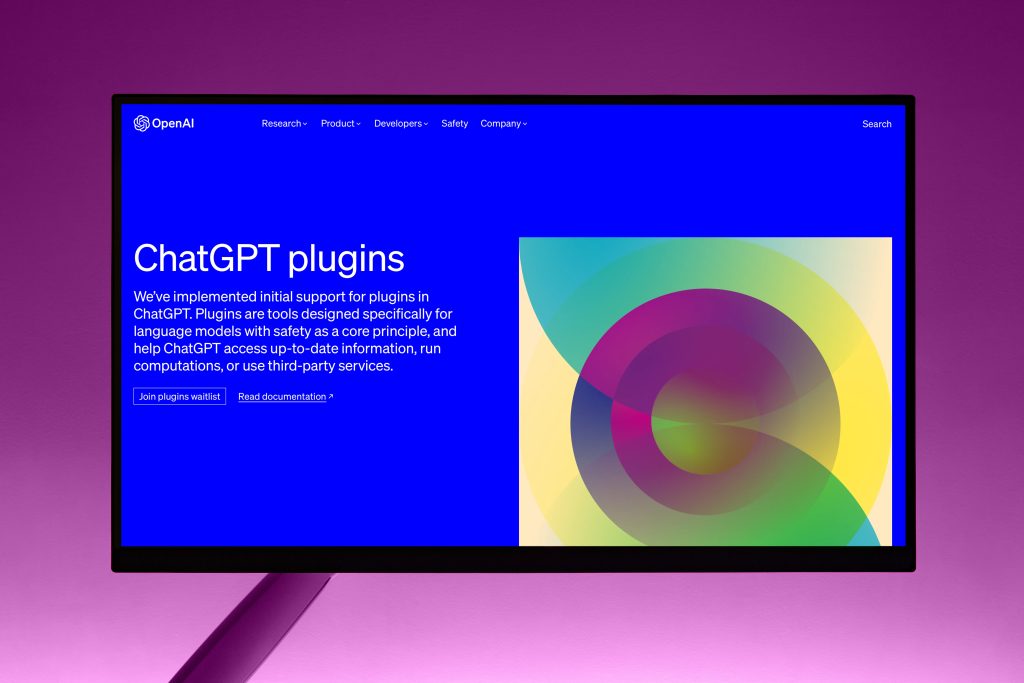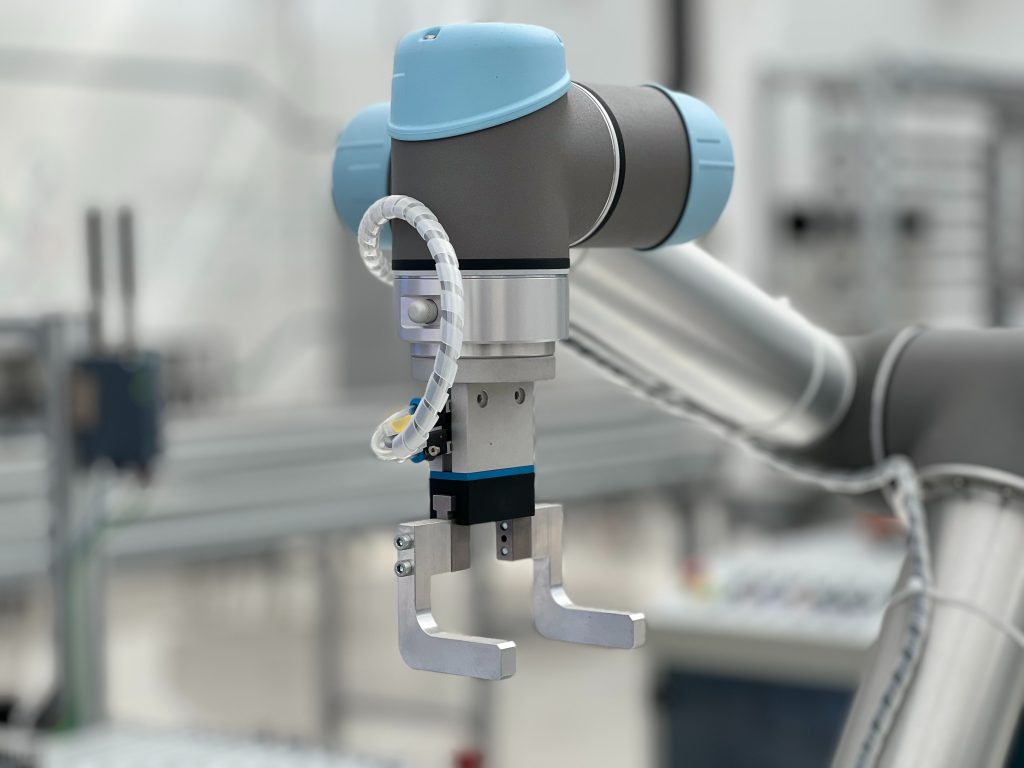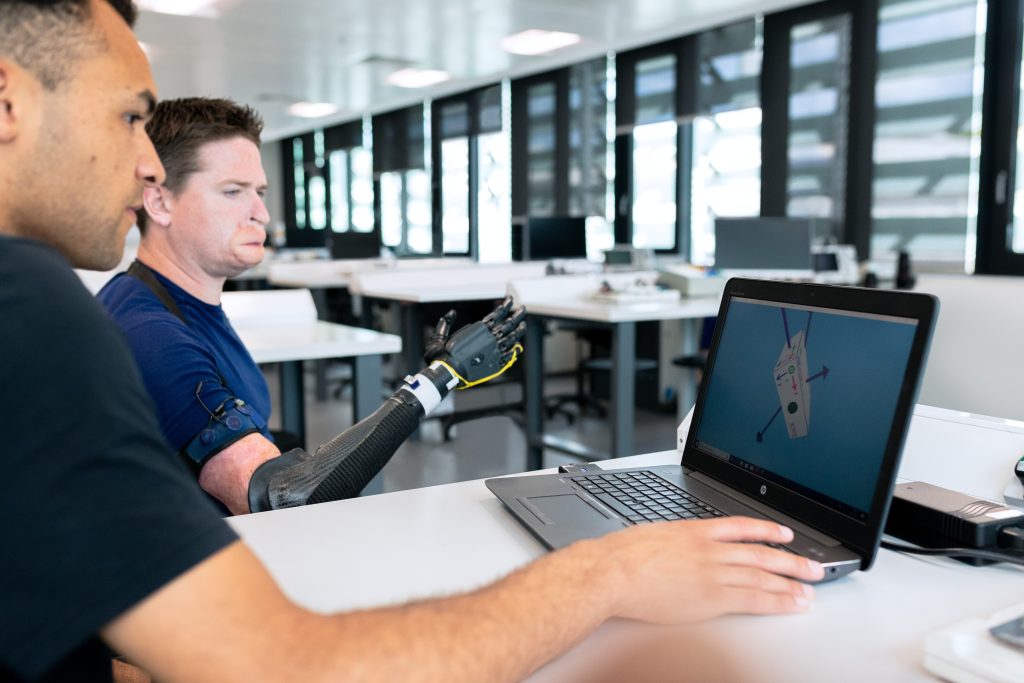ChatGPT and RPA are two emerging technologies that can revolutionize the way we work. ChatGPT is a large language model (LLM) that can generate text, translate languages, write different kinds of creative content, and answer questions in an informative way. RPA, or robotic process automation, is a software technology that automates rule-based tasks.
ChatGPT

ChatGPT is a large language model chatbot developed by OpenAI. It can communicate and generate human-like text in response to a wide range of prompts and questions. ChatGPT can be used for a variety of tasks, such as:
- Generating text, such as blog posts, articles, and creative content
- Translating languages
- Answering questions in an informative way
- Following instructions and completing requests thoughtfully
- Summarizing text
Here are some specific examples of how ChatGPT can be used:
- A writer could use ChatGPT to generate new ideas for blog posts or articles.
- A customer service representative could use ChatGPT to answer customer questions more quickly and accurately.
- A software engineer could use ChatGPT to debug code or generate new code snippets.
- A student could use ChatGPT to help them with their homework or to write a research paper.
RPA

RPA stands for robotic process automation. It is a technology that allows businesses to automate repetitive tasks through the use of software robots. RPA bots can mimic human actions, such as logging into systems, entering data, and clicking buttons.
RPA can be used to automate a wide range of tasks, including:
- Data entry
- Order processing
- Customer service
- Financial reporting
- IT tasks
- HR tasks
They are two of the most exciting emerging technologies. Combining these two technologies can help businesses achieve a new level of automation, leading to significant improvements in efficiency, productivity, and customer satisfaction.
If you are looking for ways to improve your business operations, I encourage you to explore the potential of ChatGPT and RPA. Working with a qualified implementation partner, you can develop a customized solution that meets your specific needs and helps you achieve your business goals.
ChatGPT and RPA: A Comparison

ChatGPT and RPA are two distinct technologies that can automate many business processes. When used in conjunction, they can achieve even greater results. ChatGPT, a large language model, can understand and respond to natural language, while RPA, a technology that can automate rule-based tasks, is a complementary technology.
ChatGPT automates tasks that require natural language understanding, such as handling customer queries and providing information to employees. RPA automates rule-based tasks, such as data entry and order processing. Together, Both can streamline and automate a wide range of business processes, freeing up employees to focus on more strategic and value-added activities.
For example, in customer service, ChatGPT-powered chatbots can answer customer questions, resolve issues, and collect feedback, while RPA can automate tasks such as processing returns and issuing refunds. This frees up customer service agents to focus on more complex issues and provide a better overall customer experience.
Similarly, in human resources, ChatGPT-powered chatbots can provide employees with information about company policies and benefits, and answer HR-related questions, while RPA can automate tasks such as onboarding and offboarding employees, and processing payroll. This saves the HR department time and money, and allows them to focus on more strategic initiatives.
In addition, in sales and marketing, ChatGPT-powered chatbots can interact with potential customers, answer their questions, and qualify them for sales, while RPA can automate tasks such as sending follow-up emails and creating sales proposals. This helps sales teams close more deals and generate more revenue.
Finally, in supply chain management, ChatGPT-powered chatbots can answer customer questions about order status and inventory levels, while RPA can automate tasks such as processing orders and tracking shipments. This helps businesses improve customer satisfaction and reduce costs.
How ChatGPT and RPA can automate business processes

Here are some specific examples of how ChatGPT and RPA can be used together to automate business processes:
Customer service:
- ChatGPT can answer customer questions, resolve issues, and collect feedback.
- RPA can automate tasks such as processing returns and issuing refunds.
Human resources:
- ChatGPT can provide employees with information about company policies and benefits, and answer HR-related questions.
- RPA can automate tasks such as onboarding and offboarding employees, and processing payroll.
Sales and marketing:
- ChatGPT can interact with potential customers, answer their questions, and qualify them for sales.
- RPA can automate tasks such as sending follow-up emails and creating sales proposals.
Supply chain management:
- ChatGPT can answer customer questions about order status and inventory levels.
- RPA can automate tasks such as processing orders and tracking shipments.
Examples of ChatGPT and RPA in action
Both can automate a wide range of business processes in various departments, including customer service, human resources, sales and marketing, and supply chain management.
For example, in customer service, ChatGPT-powered chatbots can answer customer questions, resolve issues, and collect feedback. RPA can automate tasks such as processing returns and issuing refunds. This frees up customer service agents to focus on more complex issues and provide a better overall customer experience.
Similarly, in human resources, ChatGPT-powered chatbots can provide employees with information about company policies and benefits, and answer HR-related questions. RPA can automate tasks such as onboarding and offboarding employees, and processing payroll. This saves the HR department time and money, and allows them to focus on more strategic initiatives.
In addition, ChatGPT-powered chatbots can interact with potential customers, answer their questions, and qualify them for sales in sales and marketing. RPA can automate tasks such as sending follow-up emails and creating sales proposals. This helps sales teams close more deals and generate more revenue.
Finally, ChatGPT-powered chatbots can answer customer questions about order status and inventory levels in supply chain management. RPA can automate tasks such as processing orders and tracking shipments. This helps businesses improve customer satisfaction and reduce costs
Benefits of combining ChatGPT and RPA
There are many benefits to combining ChatGPT and RPA, including:
- Increased efficiency and productivity: ChatGPT and RPA can automate tasks, freeing up employees to focus on more strategic and value-added activities..
- Reduced costs: Automating tasks with ChatGPT and RPA can reduce labor costs and other operational expenses.
- Improved accuracy: ChatGPT and RPA can perform tasks with a high degree of accuracy, which can help to reduce human errors.
- Enhanced compliance: ChatGPT and RPA can help businesses to comply with complex regulations by automating tasks such as data entry and reconciliation.
- Improved scalability: ChatGPT and RPA solutions can easily scale to meet your changing business needs.
Challenges of combining ChatGPT and RPA
There are also some challenges to combining ChatGPT and RPA, including:
- Integration: ChatGPT and RPA solutions must be integrated with existing IT systems. This can be a complex and time-consuming task.
- Cost: ChatGPT and RPA solutions can be expensive to implement and maintain.
- Training: Employees need to be trained to use ChatGPT and RPA solutions. This may require additional time and resources.
ChatGPT and RPA are two of the most exciting technologies emerging today. By combining these two technologies, businesses can achieve a new level of automation that can lead to significant improvements in efficiency, productivity, and customer satisfaction.
If you are looking for ways to improve your business operations, I encourage you to explore the potential of ChatGPT and RPA. By working with a qualified implementation partner, you can develop a customized solution that meets your specific needs and helps you to achieve your business goals.
